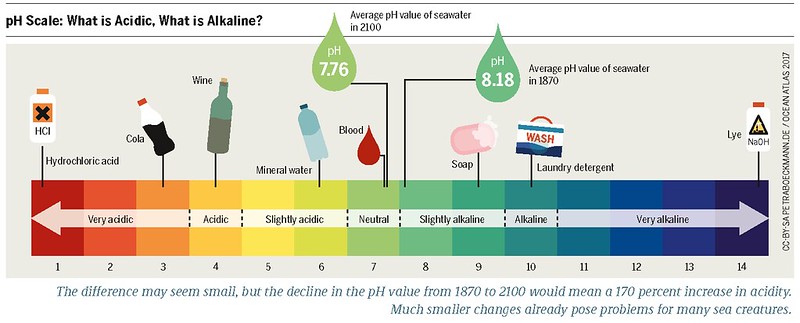Summary
The pH value of dithiothreitol (DTT) in water is not explicitly stated, but it is known that DTT is a strong reducing agent with a redox potential of -0.33 V at pH 7. This implies that DTT’s reducing power is limited to pH values greater than 7, as only the negatively charged thiolate form is reactive, with thiol groups having pKa values of 9.2 and 10.1. To balance the pH of DTT in water, one can adjust the pH by adding a suitable buffer or adjusting the solution’s ionic strength.
Understanding the pH of DTT in Water
What is DTT?
Dithiothreitol (DTT) is a widely used reducing agent in biochemistry and molecular biology. It is a small, water-soluble molecule with the chemical formula C₄H₁₀O₂S₂. DTT is known for its ability to reduce disulfide bonds in proteins and peptides, making it an essential tool in various applications.
The Redox Potential of DTT
The redox potential of DTT is a crucial factor in understanding its pH-dependent behavior. DTT has a redox potential of -0.33 V at pH 7, which means it is a strong reducing agent. This redox potential is influenced by the pH of the solution, as the reducing power of DTT is limited to pH values greater than 7.
The pKa Values of DTT
DTT has two thiol groups, each with a pKa value. The pKa values of the thiol groups in DTT are 9.2 and 10.1. This means that at pH values below these pKa values, the thiol groups are predominantly in the protonated, neutral form (SH), while at pH values above the pKa values, the thiol groups are predominantly in the deprotonated, negatively charged thiolate form (S⁻).
Balancing the pH of DTT in Water
To balance the pH of DTT in water, you can add a suitable buffer or adjust the ionic strength of the solution. Some common buffers used with DTT include:
- Phosphate buffer: Helps maintain the pH at the desired level.
- Tris buffer: Also helps maintain the pH at the desired level.
By adjusting the pH, you can ensure that the thiolate form of DTT is present, which is the reactive form responsible for its reducing properties.
Handling and Storage of DTT in Water
When using DTT in water, it is essential to minimize exposure to air, as DTT has a lower tendency to be oxidized directly by air than other reducing agents. Additionally, it is crucial to remove excess reducing reagents from the sample to prevent the reformation of disulfide bonds and oxidation, which can interfere with downstream assays.
DTT in water can degrade and lose its reducing ability after a few days at room temperature. To maintain the stability and effectiveness of DTT, it is recommended to store it at low temperatures, such as -20°C or -80°C, depending on the specific application and storage requirements.
Contaminants and Substances in DTT in Water
The search results do not provide specific information on the contaminants or substances that may be present in DTT in water. However, it is essential to use high-quality, pure DTT and to handle it with care, as it is a strong reducing agent that can interact with various substances and potentially interfere with experimental results.
Conclusion
In summary, the pH of DTT in water is not explicitly stated, but it is known that DTT is a strong reducing agent with a redox potential of -0.33 V at pH 7. This means that DTT’s reducing power is limited to pH values greater than 7, as only the negatively charged thiolate form is reactive. To balance the pH of DTT in water, you can add a suitable buffer, such as a phosphate or Tris buffer, or adjust the ionic strength of the solution. When using DTT in water, it is crucial to minimize exposure to air, remove excess reducing reagents, and store the solution at low temperatures to maintain its stability and effectiveness.

